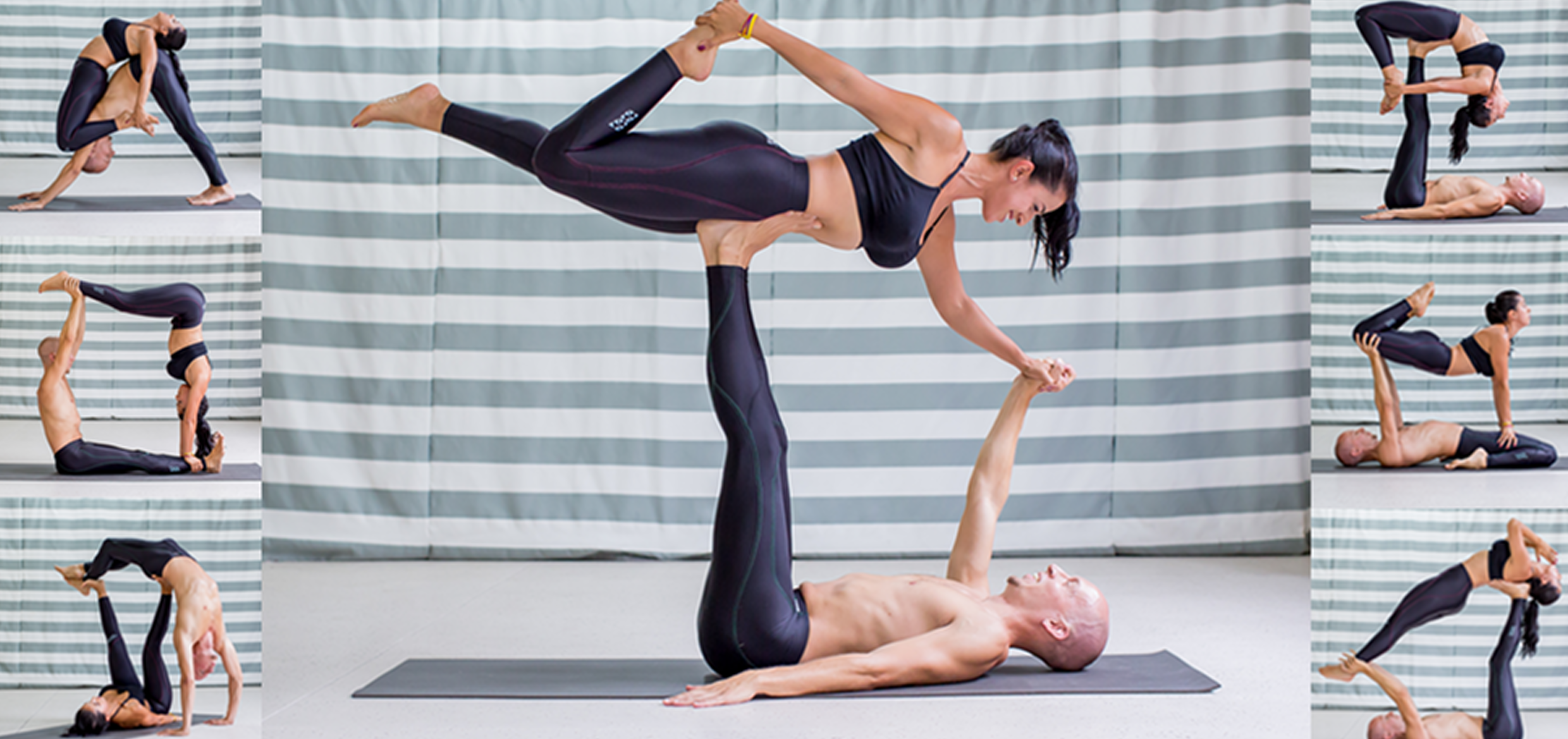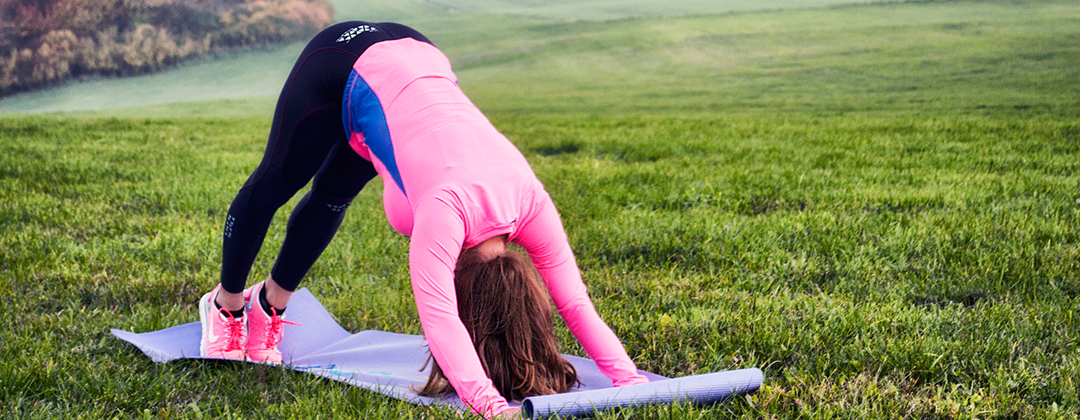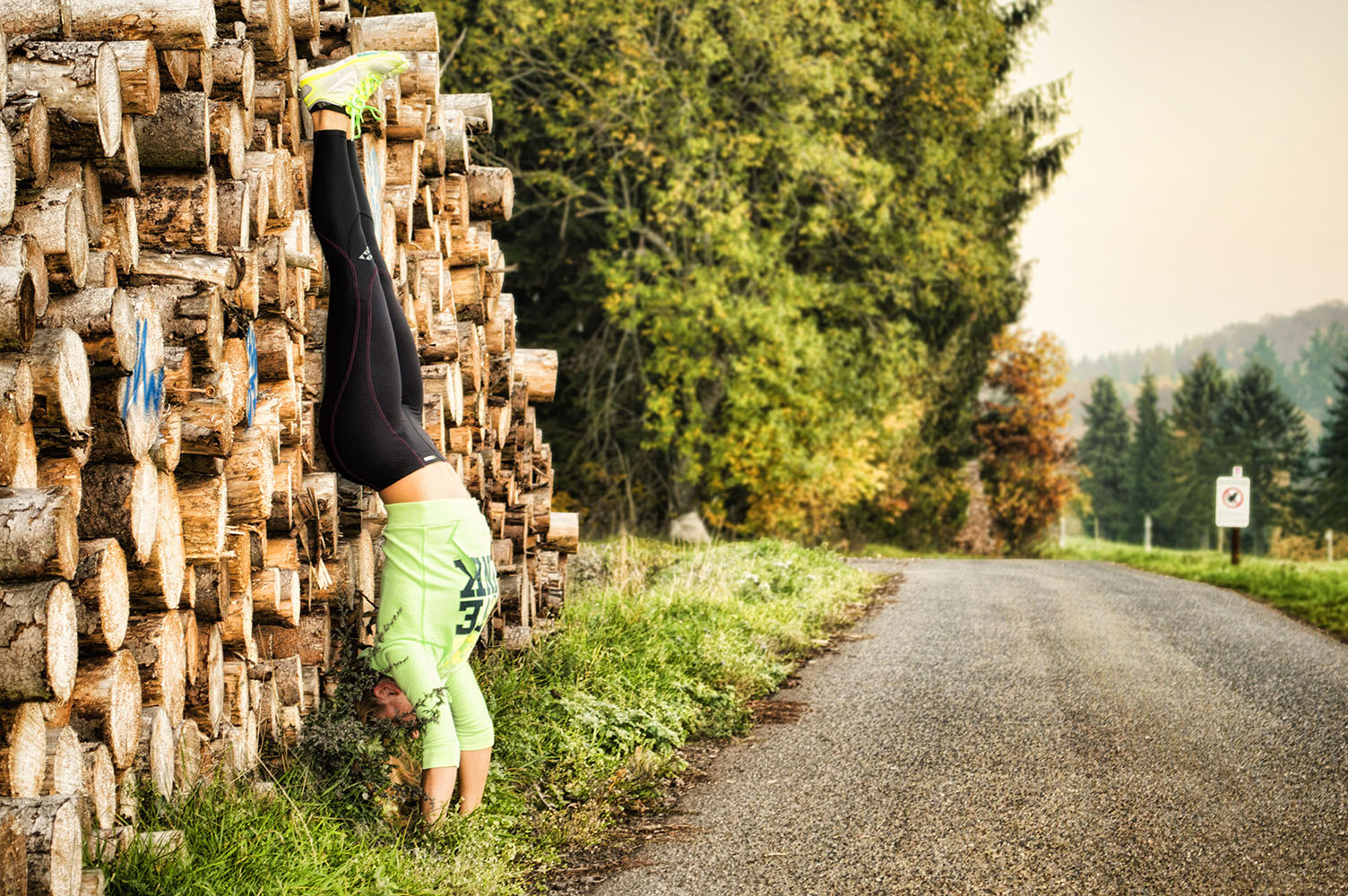
With so many types of yoga to choose from, you can be forgiven if you become a little confused. People who are new to yoga are often overwhelmed by the various types of yoga that is being practiced today. To make things easier for you, we have written a brief introduction of the different types of yoga below:
what-are-the-different-types-of-yogaHot yoga Hot yoga in practiced in a room or yoga studio that is heated to 37 degrees Celsius. In hot yoga, the high heat causes you to sweat and detoxify. You will sweat away toxic and polluting element through your skin. Another purpose of the heat in hot yoga is it helps you as a yoga students to work deep and safely to strengthen their and lengthen your muscles and connective tissues. We highly recommend that you have a bottle of water ready to replenish and keep your body hydrated. Bring a towel and be ready to seriously sweat!
Ashtanga vinyasa yoga
Known simply as ashtanga yoga, this is one of the most popular types of yoga practiced today. The most well known teacher of ashtanga yoga is Sri K. Pattabhi Jois in India. Ashtanga yoga is a set series of postures linked together by vinyasas (flowing movements connected by breath). Ashtanga yoga classes are usually taught in a ‘Mysore style’, which mean students self practice in the presence of a teacher who helps adjust and correct the student’s posture where required. In ashtanga yoga, the breath, bandha (internal locks), and the dristi (point of focus for the eyes) are the most important elements while practicing asanas. Pattabhi Jois often tells his students, yoga is “99% practice, 1% theory.”
Power yoga
Power yoga is a modern style of yoga which developed from ashtanga yoga. Many students who are new to yoga find the modern power yoga is easier and more accessible than ashtangya yoga. Power yoga classes tend to be athletic and dynamic than ashtanga. With power yoga, students move in and out of postures which have been carefully coordinated to the breathing pattern to help maintain internal heat, keep the heart rate constant, with the aim of increasing strength and flexibility.
Yin yoga
Yin yoga is slower and more gentle type of yoga that was introduced to the United States in 1986 by the American yogi, Paul Grilley. Yin yoga practice involve holding postures for three to ten minutes. During yin yoga classes, students learn how to relax their muscles. By relaxing their muscles, student are able to access their body’s connective tissues. Yin yoga is a very calming style of yoga and students have commented that yin yoga is almost like a form of meditation because it is so calming and relaxing.
Anusara yoga
In 1997, the American yogi, John Friend, developed anusara yoga. Anusara yoga is considered to be one of the most fun and playful types of yoga. Anusara classes emphasize what John Friend refers to as “the 3 As”: Attitude, Alignment, and Action. The principle of Alignment is designed to help students develop a deeper appreciation of yoga postures. At the same time as being fun to practice, Anusara yoga is also quite athletic and challenging even to intermediate yoga students.
Iyengar yoga
Iyengar yoga was named after one of the world’s leading and influential yogis, B.K.S. Iyengar, from India. B.K.S. Iyengar has written books and developed yoga methods which are now studied and practiced by almost all yoga teachers and students. Iyengar yoga classes mainly focus the principle of alignment, that is the precise way in which the body should be positioned in each asana in order to generate maximum benefits to the yoga student and avoid causing injury to him or her. Iyengar yoga often adopts the use of props including blocks, straps, and bolsters as part of the yoga class. Asanas in iyengar yoga are often held for long periods to maximize their effects.
Jivamukti yoga
Jivamukti yoga is a distinct yoga style that was developed by two American yogis, David Life and Sharon Gannon, in 1986. Jivamukti means ‘liberation while living’ and jivamukti yoga classes are aimed at creating this experience by students. Jivamukti yoga classes integrates chanting, asanas, music, meditation and devotion into a vigorous physical practice. Jivamukti yoga involve the following five key elements into each class: 1. Scripture – this involve studying ancient yoga teachings and Sanskrit chanting. 2. Bhakti – this requires yoga students to understand that the goal of all yoga practice to reach the realization of God. 3. Ahimsa: this element emphasize an ethical and compassionate lifestyle involving vegetarianism, animal rights and peace and non-violence. 4. Nada yoga: this element the yoga student to develop a sound body and mind through deep and careful listening. 5. Meditation: this element aim to help students to connect with their internal spirit.
Integral yoga
The influential yogi, Swami Satchidananda, introduce integral yoga to the United States in 1969. His teachings have had a major impact on many modern yoga teachers and students. The key to integral yoga is integration. Integral yoga aims to integrate the various aspects of the body and mind through postures, breathing techniques, deep relaxation, and meditation. Integral yoga classes integrate the use of all these elements to allow students are greater sense of health and wellbeing, both physically and mentally.
Ivananda yoga
Swami Sivananda was one of Swami Vishnu-Devananda’s students in India. In 1959, Swami Sivananda developed the Sivananda yoga style. Sivananda yoga classes incorporate the use of traditional yoga postures which were practiced for centuries in the Himalayas. Sivananda yoga has a series of 12 postures, breathing, diet, chanting, scriptural study, and meditation.
Kripalu yoga
Kripalu yoga is a gentler style of yoga which require students to use yoga poses to explore, deal with, and release emotional and spiritual conflicts. Kripalu yoga was developed by the yogi Kripalvananda and one of his disciples, the yogi Amrit Desai, in India. Kripalu yoga has three stages: Stage 1: Firstly, students are required to focus on posture alignment and coordination of breath and movement. Postures are only maintained for short durations during this stage. Stage 2: Secondly, student include meditation in their practice and postures are held for prolonged periods. Stage 3: Lastly, the practice of postures becomes a spontaneous “meditation in motion.”
Kundalini yoga
Kundalini yoga was introduced to United States by Sikh master, Yogi Bhajan, in 1969. Prior to introduction to the United States, it was a secret type of yoga was only practiced by a small exclusive group of yoga practitioners. The work “kundalini” means awareness, and the aim of kundalini yoga is to stimulate the life force which resides at the base of the spine, and encourage the energy to flow through the body. Kundalini yoga is practice using a combination of classic postures with breathing, chanting, and meditation.
Viniyoga yoga
Viniyoga yoga was developed by T.K.V. Desikachar, the son of the yoga master, T. Krishnamacharya. In developing the viniyoga yoga style, T.K.V. Desikachar, was inspired by the teachings and philosophy of his father, T. Krishnamacharya. Viniyoga yoga involves adapting yoga practices to meet the needs of each individual students. The aim of viniyoga yoga put students on a path of self-discovery and personal transformation.


